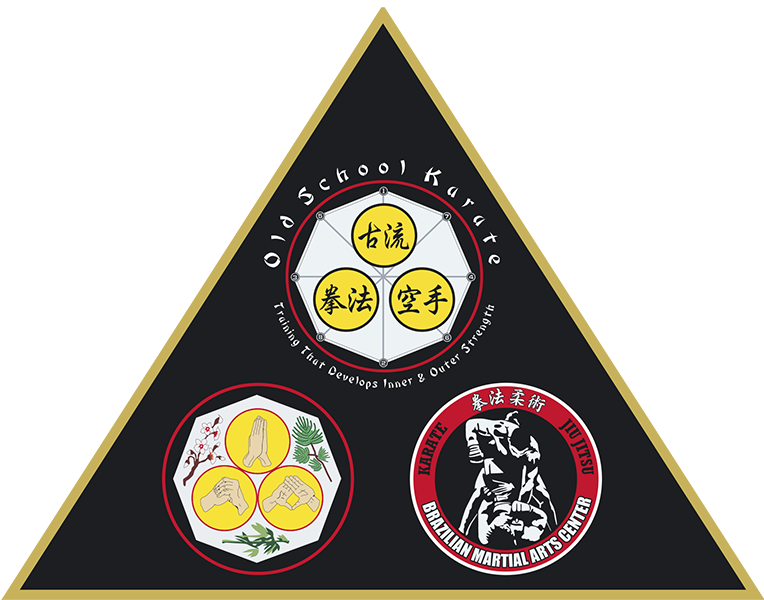
Introduction: Kosho Ryu Kempo, an ancient and dynamic martial art with roots deeply intertwined in traditional Japanese combat systems, incorporates a fascinating combination of octagons and triangles. These geometric concepts hold multifaceted significance, serving as both a philosophical representation and practical martial reference points. In this article, we will explore the profound impact of octagons and triangles in the world of Kosho Ryu, enhancing the practitioner’s skills and combat prowess.
Philosophical Representation – The Octagon:
At its core, the octagon in Kosho Ryu represents The Eight-fold Path of Buddhism, a profound teaching guiding practitioners towards enlightenment and inner harmony. Each of the eight sides of the octagon corresponds to a specific aspect of this path, encompassing right speech, right understanding, right means of livelihood, right effort, right meditation, right action, right intention, and right awareness. Embracing the octagon in this manner instills a profound understanding of these spiritual principles within the practice of Kosho Ryu.
Martial Standpoint – Angles and Positions:
From a martial standpoint, the octagon serves as a reference point for angles and positions of attack, defense, control, locking, striking, and throwing techniques. The octagon’s eight sides offer practitioners a versatile framework to analyze and optimize their movements in combat scenarios. Whether in vertical or horizontal orientations, the octagon enables practitioners to describe the motion of their entire body or focus on specific body parts, honing their agility and precision. Additionally, as the octagon is constructed from triangles, it harmoniously ties into the concept of triangulation in Kosho Ryu.
Triangulation in Kosho Ryu:
Triangulation plays a crucial role in Kosho Ryu, empowering practitioners to identify their opponent’s weak points and capitalize on their own strong points. By applying triangulation, combatants can discern areas where their opponent’s balance is vulnerable, allowing for precise targeting during engagements. Furthermore, triangulation empowers practitioners to position themselves strategically, gaining a position of strength while simultaneously attacking the opponent’s weak points. This technique enhances the martial art’s effectiveness and depth of understanding, as it blends the philosophical aspects of Buddhism’s Eight-fold Path with the tactical applications of angles and positioning.
Integration of Octagons and Triangles:
The true mastery of Kosho Ryu lies in the seamless integration of octagonal footwork and triangular techniques. By understanding and implementing both concepts, practitioners achieve a higher level of martial art proficiency.
Offensive Strategy:
Using the triangles with the octagon, allows practitioners to create openings in their opponents’ defenses and execute well-timed attacks. The octagonal footwork provides mobility and positioning, while the triangular principles aid in delivering powerful strikes with precision and efficiency.
Defensive Strategy:
When it comes to defense, the integrated use of octagons and triangles enhances a practitioner’s ability to evade and deflect incoming strikes. By adopting strategic angles that manipulate the opponents in-balance, practitioners can minimize the effectiveness of an opponent’s attack, while the footwork enables them to maintain the optimal distance to counter-attack effectively.
Conclusion:
Kosho Ryu Kempo, stands as a testament to the interconnectedness of philosophy and combat. By embracing the profound significance of octagons representing The Eight-fold Path of Buddhism and the tactical prowess of triangles in triangulation, practitioners unlock a holistic approach to martial arts training. The seamless integration of these geometric concepts empowers Kosho Ryu practitioners to achieve heightened levels of skill, understanding, and personal growth. As formidable guardians of this ancient martial art, they continue to uphold its legacy and philosophy while evolving with innovation and adaptability.
Shihan Bill Tzizik
